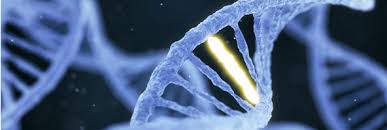Abstract
With the development of CRISPR/Cas9-mediated gene editing technologies, correction of diseasecausing mutations has become possible. However, current gene correction strategies preclude mutation
repair in post-mitotic cells of human tissues, and a unique repair strategy must be designed and tested for
each and every mutation that may occur in a gene. We have developed a novel gene correction strategy,
Co-opting Regulation Bypass Repair (CRBR), which can repair a spectrum of mutations in mitotic or
post-mitotic cells and tissues. CRBR utilizes the non-homologous end-joining (NHEJ) pathway to insert
a coding sequence (CDS) and transcription/translation terminators targeted upstream of any CDS
mutation and downstream of the transcriptional promoter. CRBR results in simultaneous co-option of
the endogenous regulatory region and bypass of the genetic defect. We validated the CRBR strategy for
human gene therapy by rescuing a mouse model of Wolcott-Rallison syndrome (WRS) with permanent
neonatal diabetes caused by either a large deletion or a nonsense mutation in the PERK (EIF2AK3)
gene. Additionally, we integrated a CRBR GFP-terminator cassette downstream of the human insulin
promoter in cadaver pancreatic islets of Langerhans which resulted in insulin promoter regulated
expression of GFP, demonstrating the potential utility of CRBR in human tissue gene repair.







